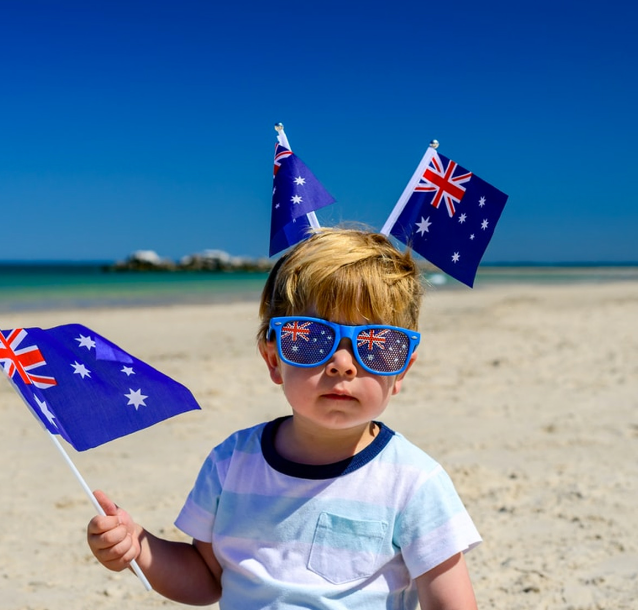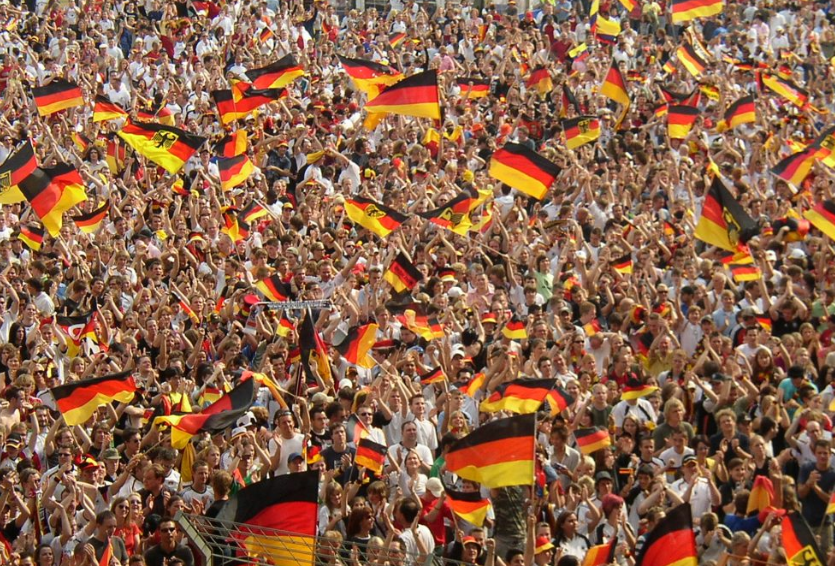Welcome to the vibrant and culturally rich nation of Cambodia, where the spirit of celebration and tradition is embodied in the Cambodia National Festival known as Khmer New Year. In this article, we will delve into the history, rituals, cultural significance, and regional variations of this festive occasion. Join us on this journey as we explore the vibrant tapestry of Cambodia’s most cherished festival.
The History and Origins of Cambodia National Festival
Tracing its roots back centuries, Khmer New Year finds its origins deeply ingrained in Cambodian culture and tradition. It is a time when families come together, paying homage to their ancestors and seeking blessings for the year ahead. This festive occasion represents a fusion of Hindu and Buddhist customs, and it holds great importance in the hearts of the Cambodian people.
Dates and Duration of the Khmer New Year
Khmer New Year is celebrated annually in mid-April, coinciding with the end of the harvesting season and the arrival of the solar new year. The festival lasts for three days, with each day carrying its unique significance. The specific dates of the festival follow the lunar calendar, emphasizing the strong connection between nature and Cambodian culture.
Rituals and Traditions during Khmer New Year
Before the festivities begin, Cambodians engage in various cleansing rituals and preparations. Houses are thoroughly cleaned, and offerings are made at local pagodas. One of the most exhilarating aspects of Khmer New Year is the Water Festival, where people engage in playful water fights symbolizing the cleansing of the old year’s misfortunes.
As the celebrations unfold, traditional games, dances, and music take center stage. Locals and tourists alike partake in activities such as Chol Chhnam Thmey (throwing a colorful scarf), Leaks (a traditional game), and traditional Khmer dance performances. These customs create an atmosphere of joy and camaraderie.
Food and Cuisine during Khmer New Year
No celebration in Cambodia is complete without the presence of delicious traditional food. During Khmer New Year, families gather to prepare and share a wide array of culinary delights. From aromatic curries and flavorful stir-fries to mouthwatering desserts, the festive table is a testament to the richness of Cambodian cuisine. Each dish holds symbolic meaning, representing prosperity, luck, and good fortune.
Cultural Significance of Cambodia National Festival
Khmer New Year serves as a reminder of the core values that underpin Cambodian society. It emphasizes unity, respect for elders, and the importance of family ties. The festival provides an opportunity for younger generations to learn about their cultural heritage and the customs passed down through generations. It also showcases the resilience and vibrant spirit of the Cambodian people.
Regional Variations in Celebrating Khmer New Year
While Khmer New Year is celebrated throughout Cambodia, there are regional variations that add diversity and uniqueness to the festivities. Major cities such as Phnom Penh and Siem Reap have their own distinctive customs and traditions. Rural areas often showcase more traditional practices, providing visitors with a glimpse into the rich tapestry of Cambodia’s cultural diversity.
Tourism and Economic Impact of Khmer New Year
In recent years, Khmer New Year has gained popularity among international tourists. The festival’s unique traditions, vibrant atmosphere, and warm hospitality attract visitors from around the world. This influx of tourists brings economic benefits to local businesses, contributing to the growth of Cambodia’s tourism industry. Moreover, it helps create employment opportunities for the local communities.
Challenges and Changes in Modern Celebrations
As Cambodia embraces modernity, the celebration of Khmer New Year has seen some changes. Commercialization and the influence of Western culture have impacted certain aspects of the festival. However, there are concerted efforts to preserve and promote authentic traditions. Organizations and local communities work together to safeguard the core essence of Khmer New Year, ensuring its continuation for future generations.
Conclusion
Khmer New Year, the national festival of Cambodia, encapsulates the spirit and essence of the Cambodian people. It is a time of joy, unity, and cultural pride. From its historical origins to the vibrant celebrations of the present day, this festival serves as a testament to the resilience and rich heritage of Cambodia. So come, immerse yourself in the festivities, and witness the beauty of Khmer New Year firsthand.
FAQs
Q1: What are the traditional beliefs associated with Khmer New Year?
A1: Traditional beliefs during Khmer New Year revolve around paying respect to ancestors, seeking blessings, and honoring Buddhist principles.
Q2: Are there any specific clothing customs during Khmer New Year?
A2: Yes, wearing traditional attire, such as the Sampot, is a common practice during the festival. It adds to the cultural significance and enhances the festive ambiance.
Q3: Can tourists participate in Khmer New Year celebrations?
A3: Absolutely! Tourists are welcome to join the festivities and experience the vibrant atmosphere of Khmer New Year. It is a unique opportunity to immerse oneself in Cambodian culture.
Q4: How does the Water Festival contribute to the celebration?
A4: The Water Festival symbolizes the cleansing of the old year’s misfortunes and the welcoming of the new year with a fresh start. It is a joyous occasion where locals engage in playful water fights.
Q5: How can I learn more about Khmer New Year and its traditions?
A5: To delve deeper into the cultural aspects of Khmer New Year, consider visiting local museums, attending traditional dance performances, and engaging with local communities. It’s an enriching experience that allows for a deeper understanding of Cambodian traditions.
References:
- Chhay, R. (2016). Cultural Heritage Tourism in Cambodia: Issues and Challenges. In Handbook of Research on Cross-Cultural Business Education (pp. 432-447). IGI Global.
- Ingersoll, A. (2019). Cambodia’s Khmer New Year: Ritual, Unity and Reconciliation. Journal of the Siam Society, 107, 77-97.
- Kershaw, R. (2015). Cambodian Dance Celebration: Celebrating the Khmer New Year. Asian Theatre Journal, 32(2), 346-349.
Featured Image Credits: vecstock/FreePik

